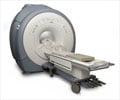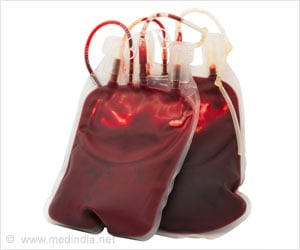Computed tomography (CT) scans and magnetic resonance imaging (MRI) help in reducing the duration of stay in the hospital as well as cut high costs due to hospitalisation.
Computed tomography (CT) scans and magnetic resonance imaging (MRI) help in reducing the duration of stay in the hospital as well as cut high costs due to hospitalisation, especially if the intervention is timely.
Inpatient costs represent 18 percent of total health care insurance premiums paid, and they continue to grow approximately 8 percent annually," said Juan Carlos Batlle, MD, MBA, lead author of the study. "The stable growth of hospital costs despite marked increases in imaging costs has led to the observation that the increased use of modern imaging has been associated with a decrease in other costs of hospitalization, such as length of stay, which our study seeks to demonstrate," said Batlle.The study, performed at Massachusetts General Hospital in Boston, MA, included 10,005 hospital admissions that included at least one advanced imaging study during the period from one day prior to admission through discharge. "Results showed that in comparison the length of stay was significantly shorter for those imaged on the day before or day of admission vs. day one or two for all admissions of at least three days," said Batlle.
The mean length of stay for abdominal CT exams was 8.4 vs. 9.7 days and for neurologic MRI exams it was 7.6 vs. 8.7 days. "In terms of cost, given that an average cost of a hospital stay is $2,129 per day, the estimated decrease in cost for one-year period analyzed in this study associated with an average one day reduction in length of stay is $2,129 per admission," said Batlle.
"Early imaging with CT and MRI, particularly on the day before or the day of admission is associated with significantly shorter length of stay of inpatients compared with patients who had advanced imaging performed later," he said.
"Although the study design does not establish cause and effect, our results suggest that early imaging could expedite inpatient care and discharge in certain types of patients, but they do not imply that automatic ordering of imaging should replace clinical judgment," said Batlle.
Advertisement
SAV











